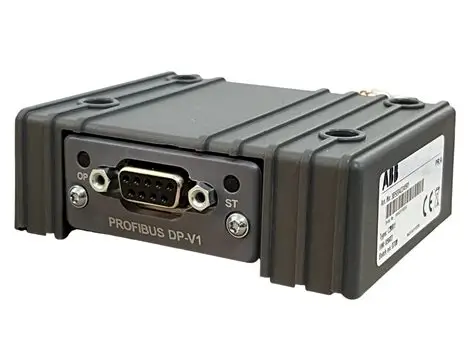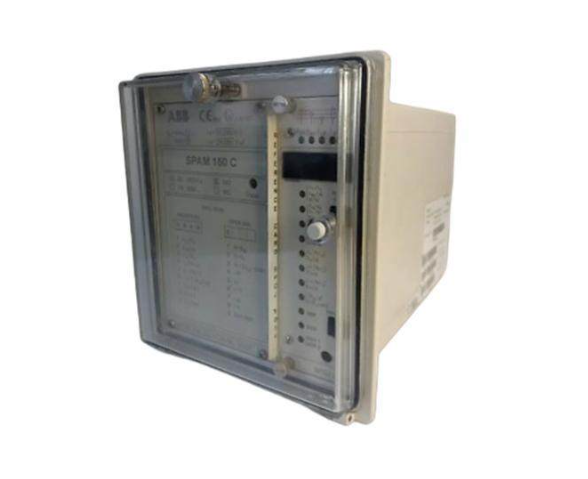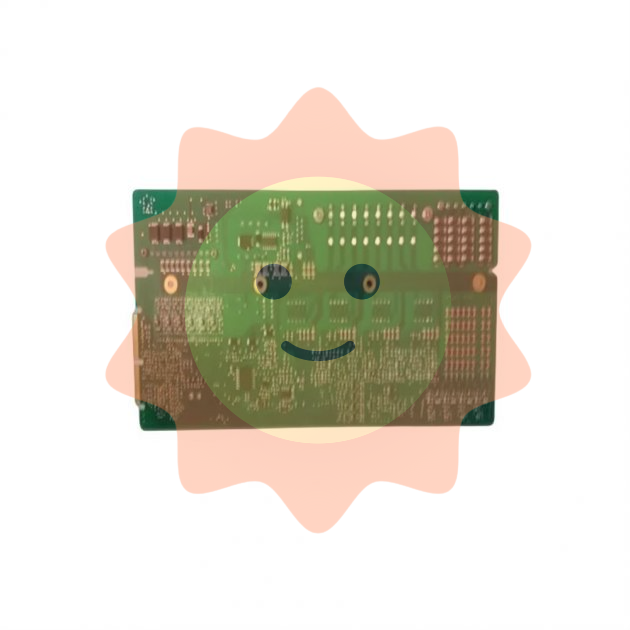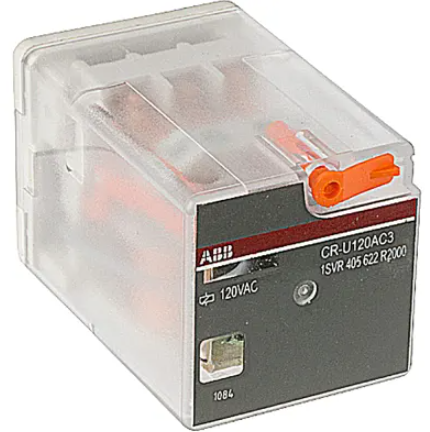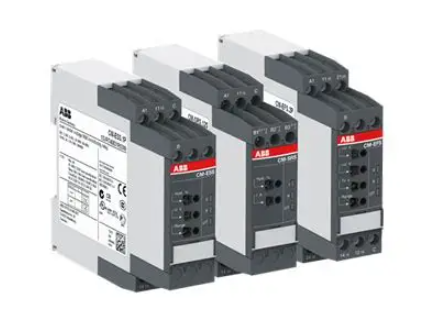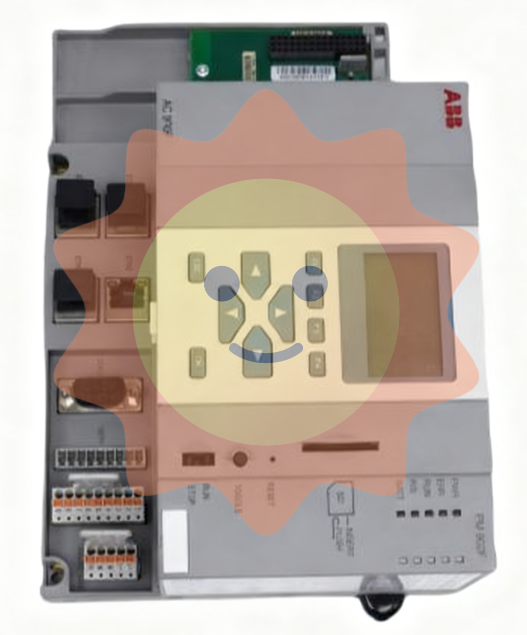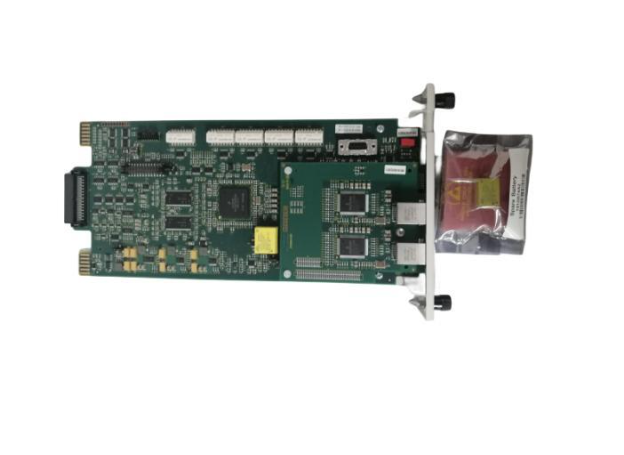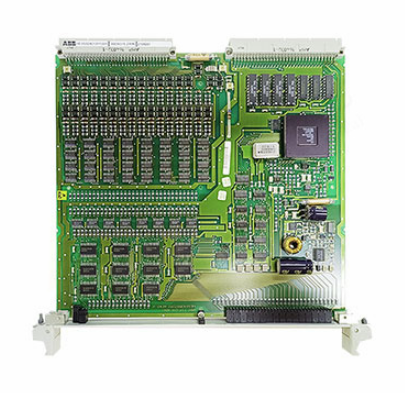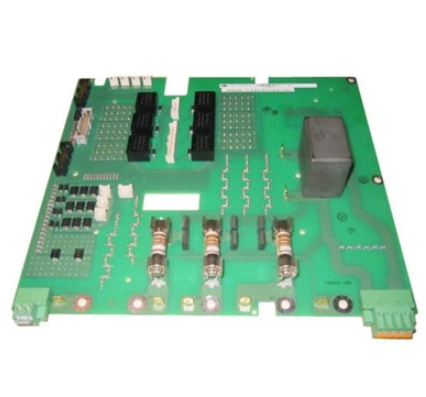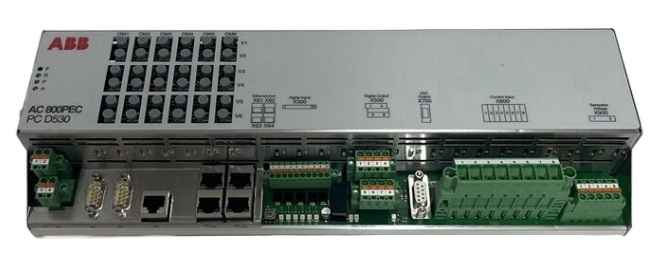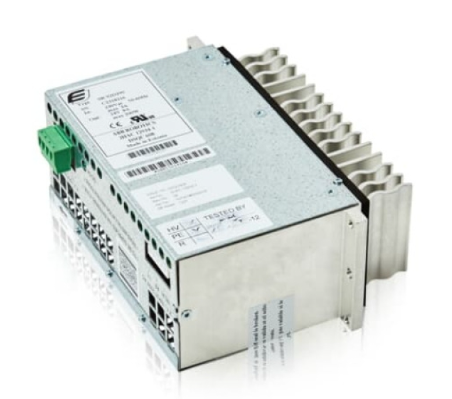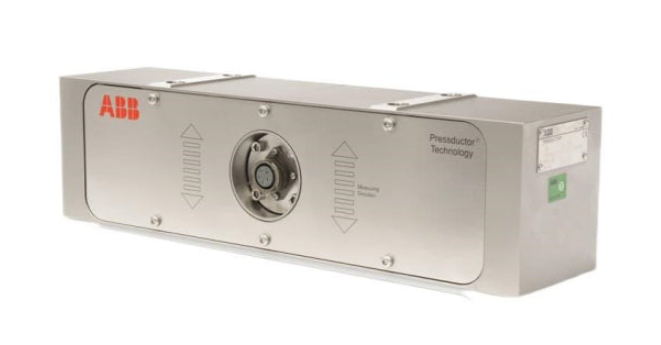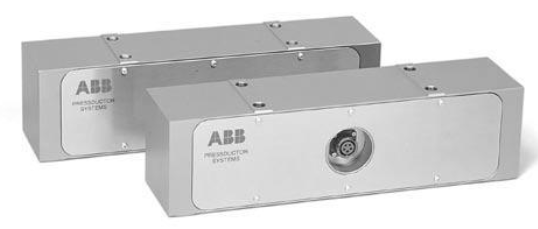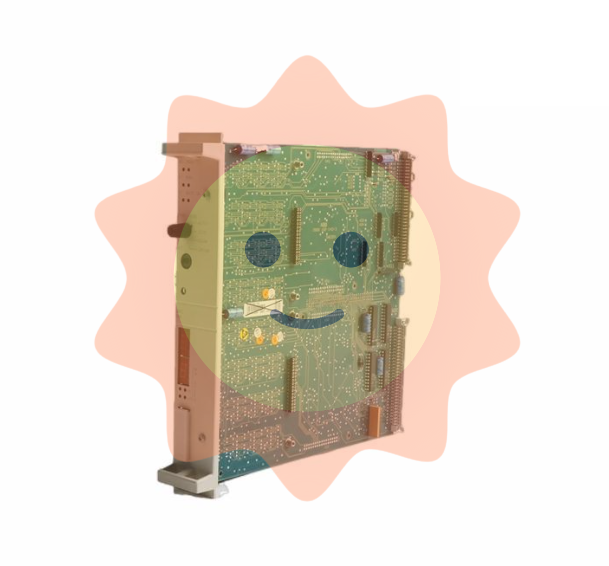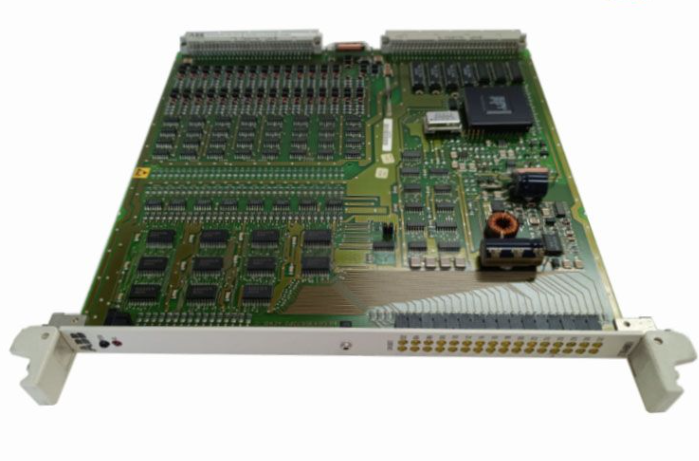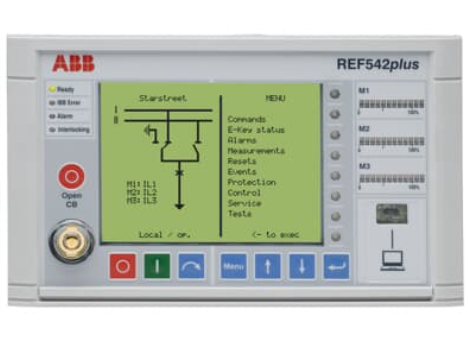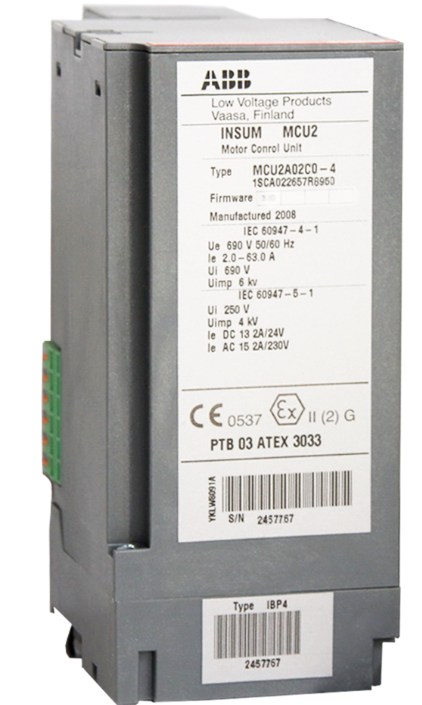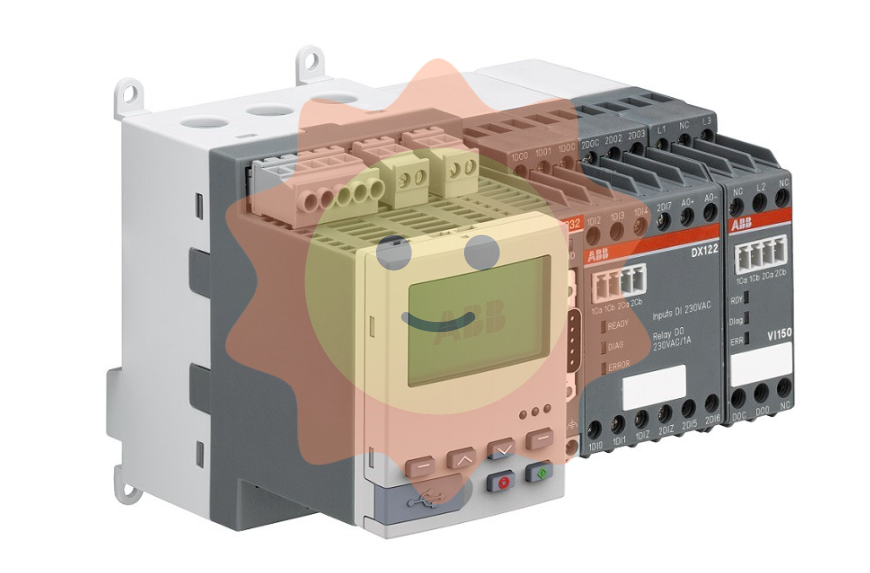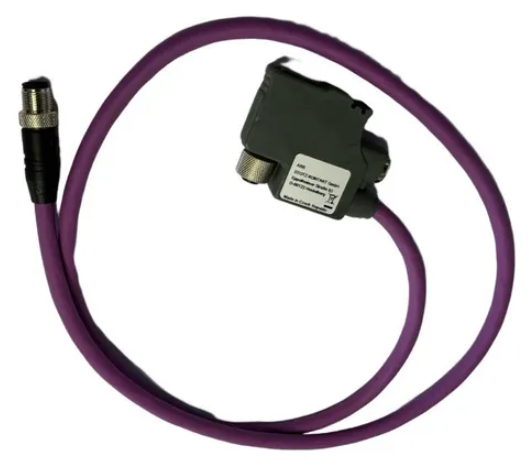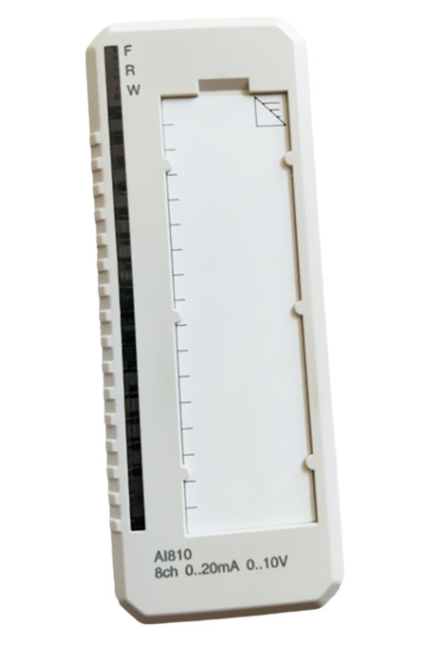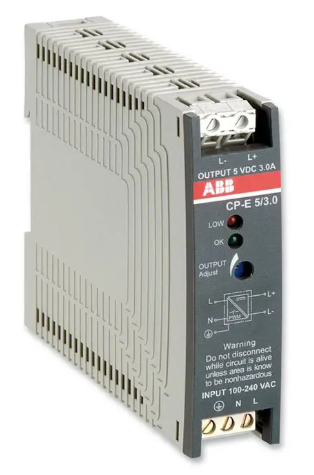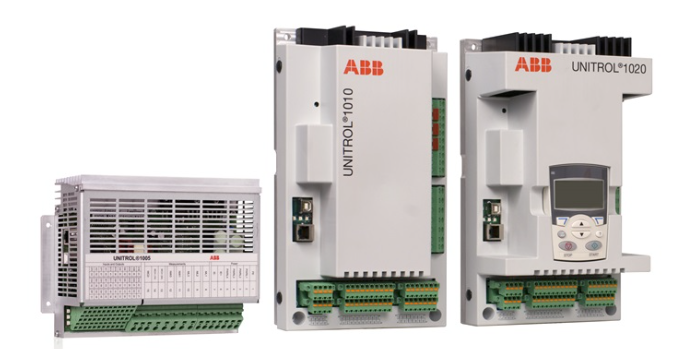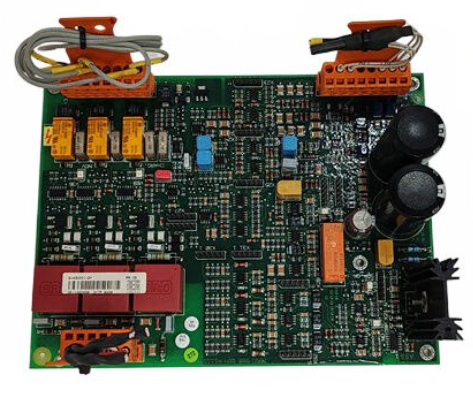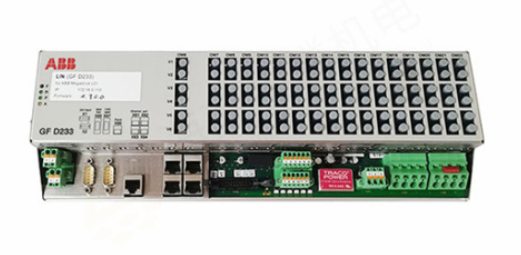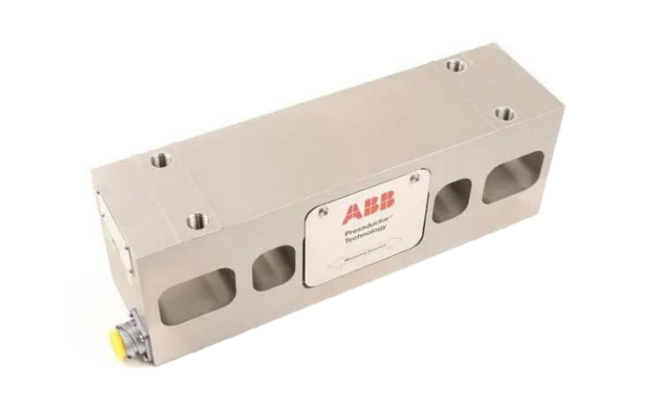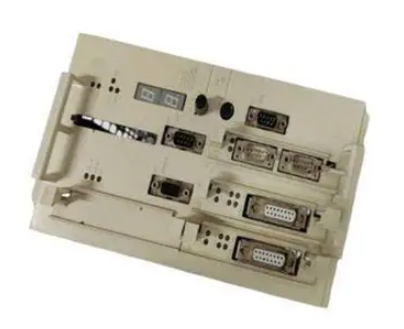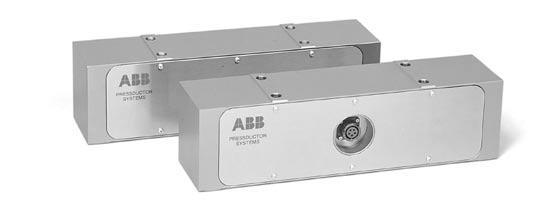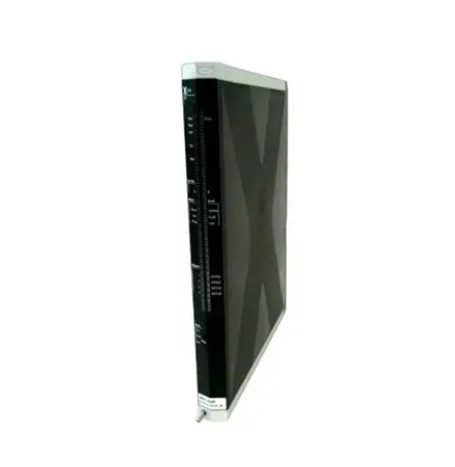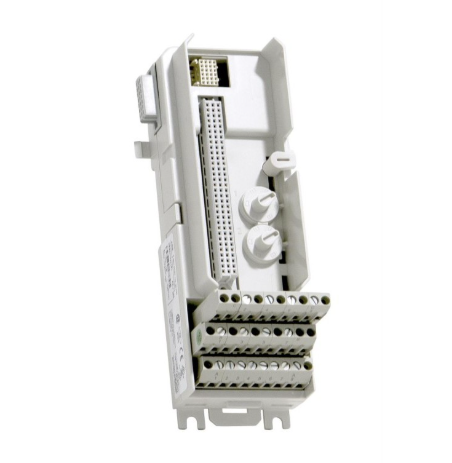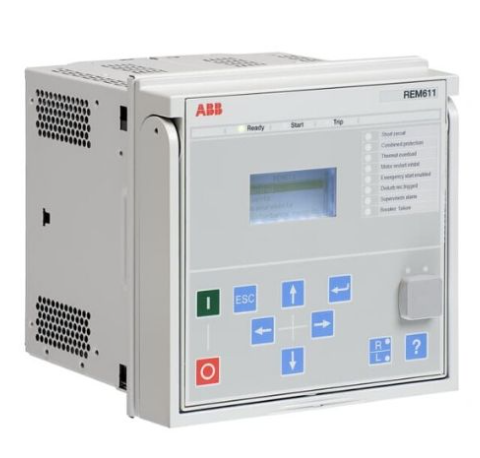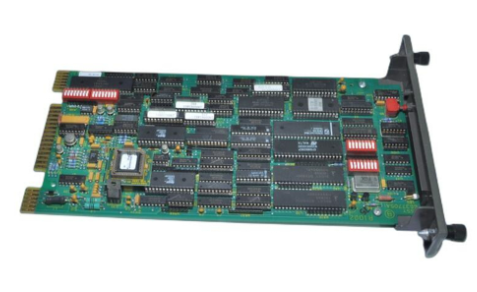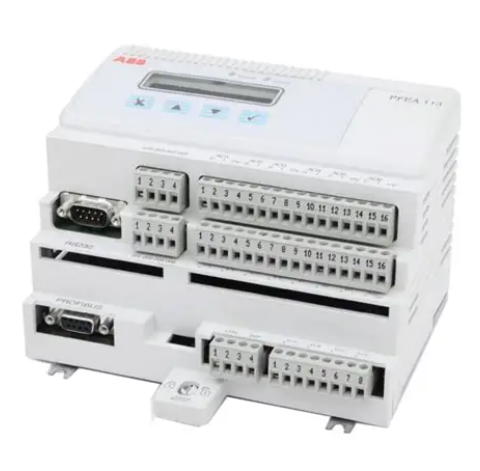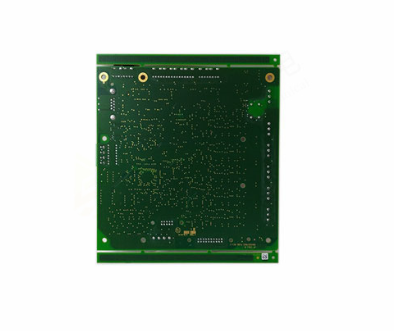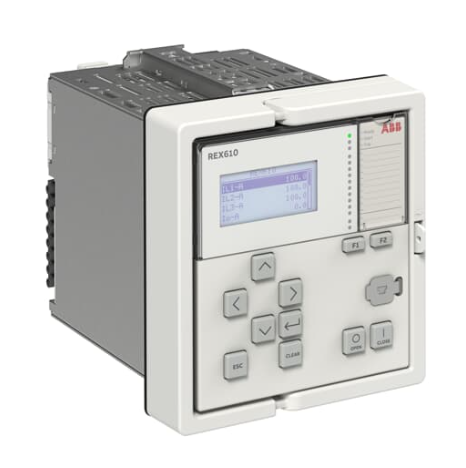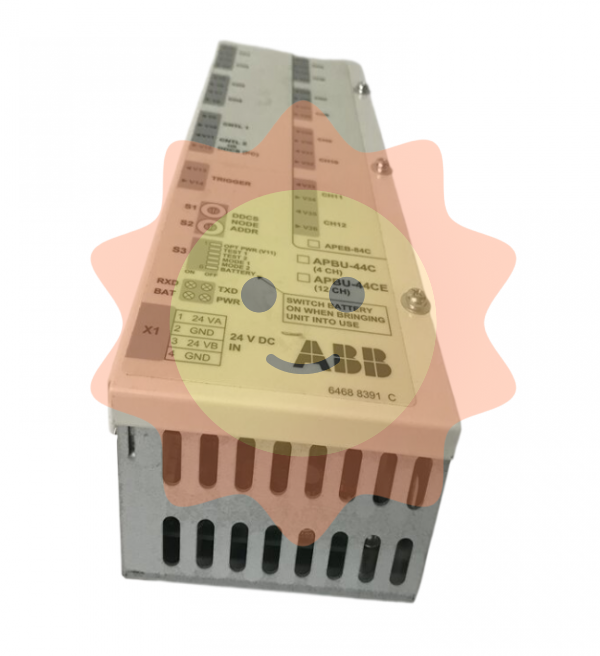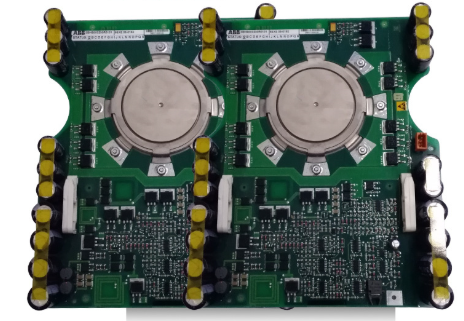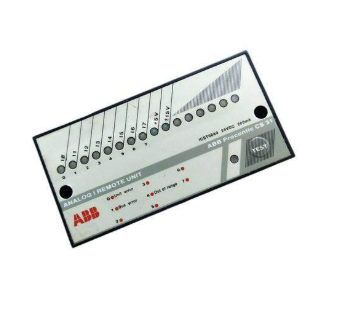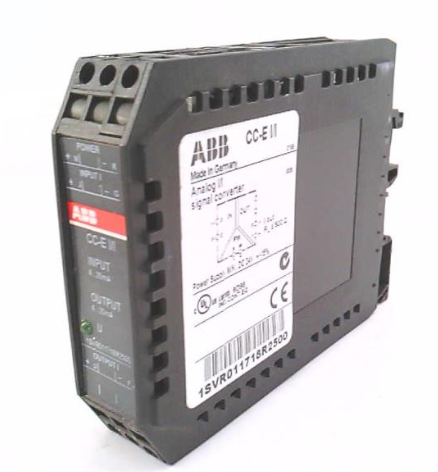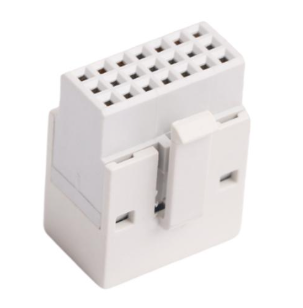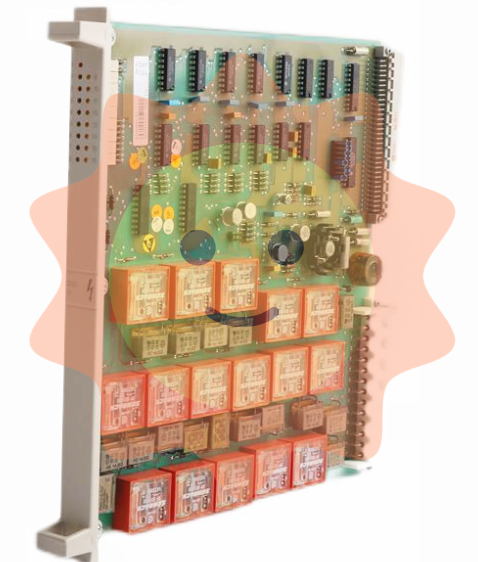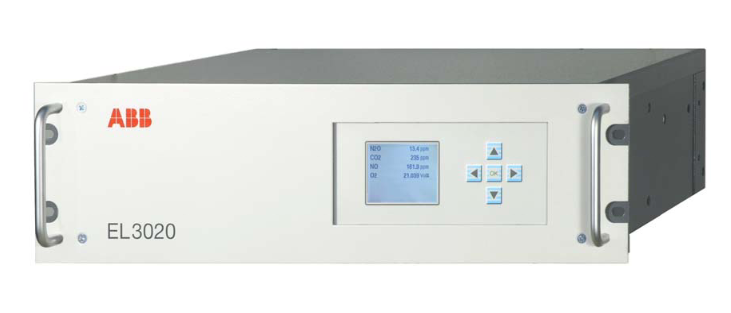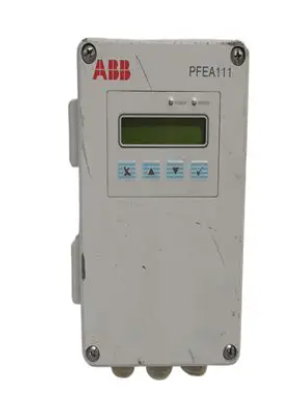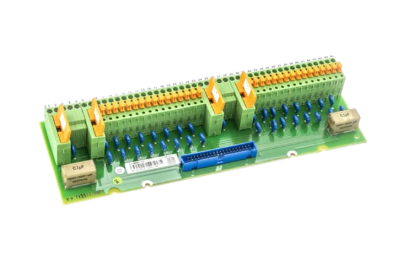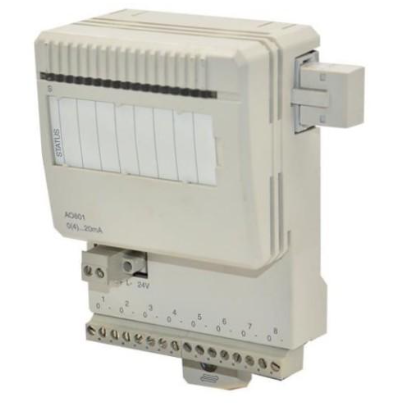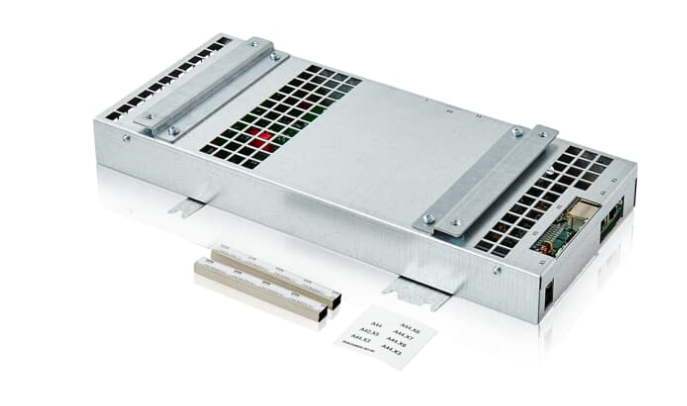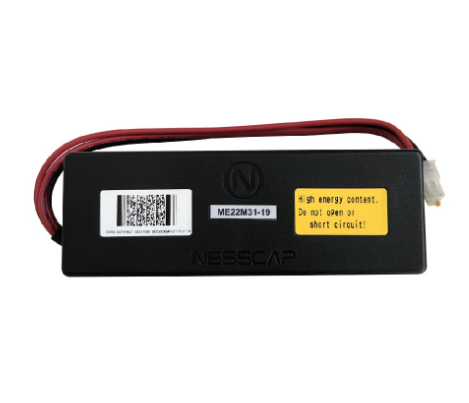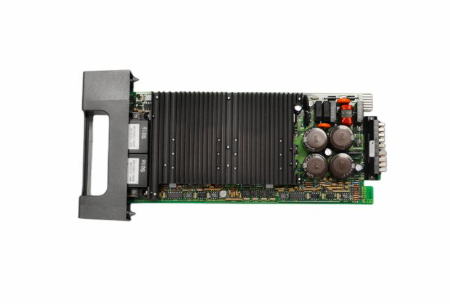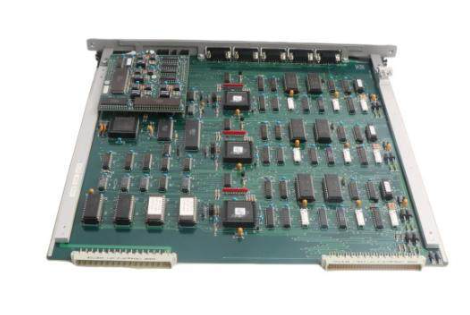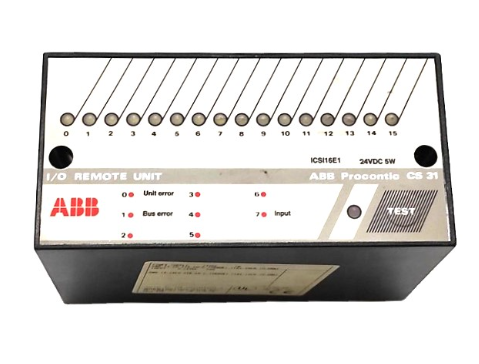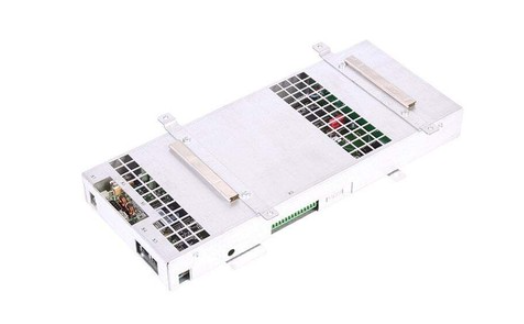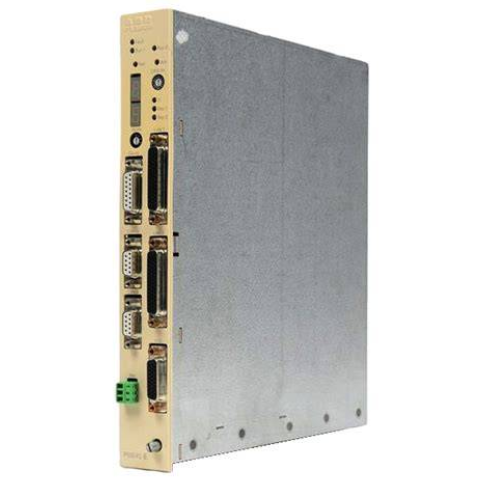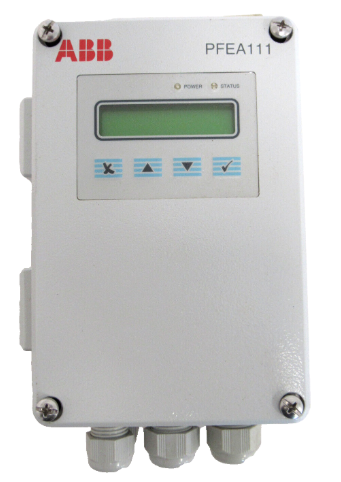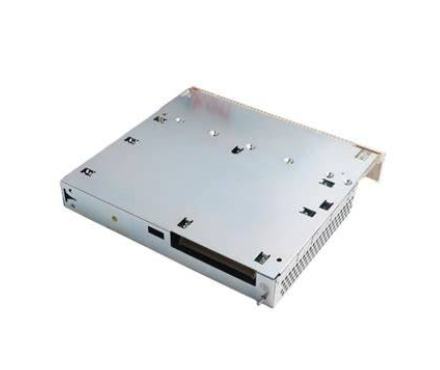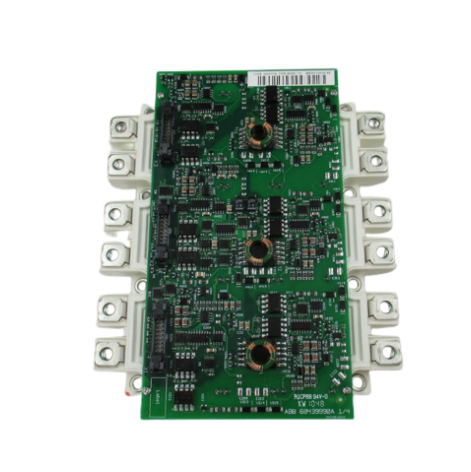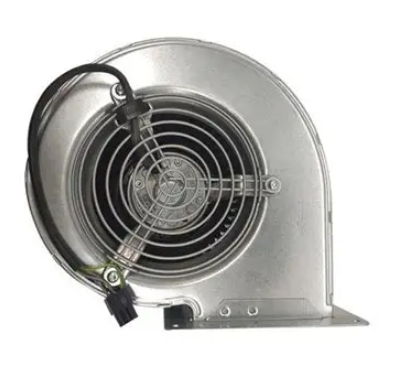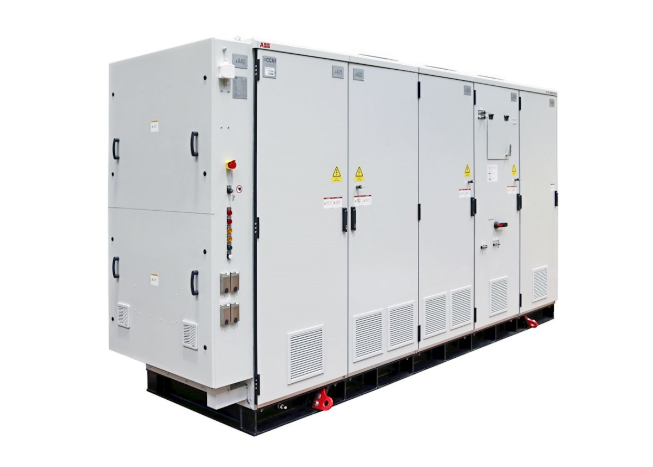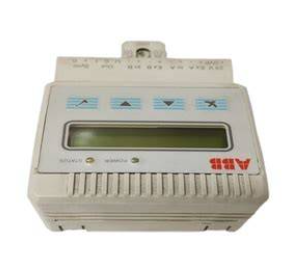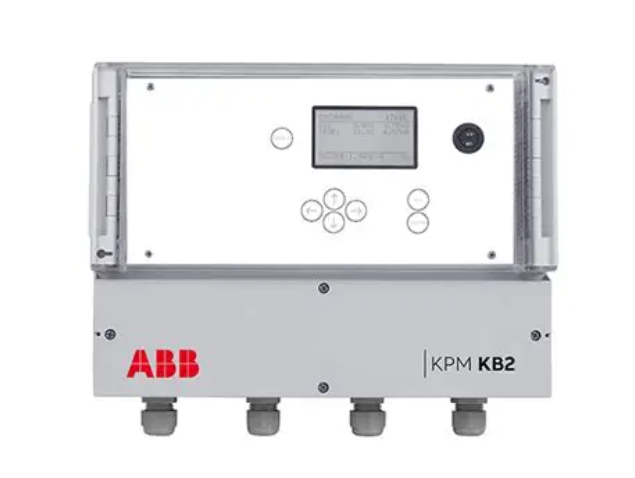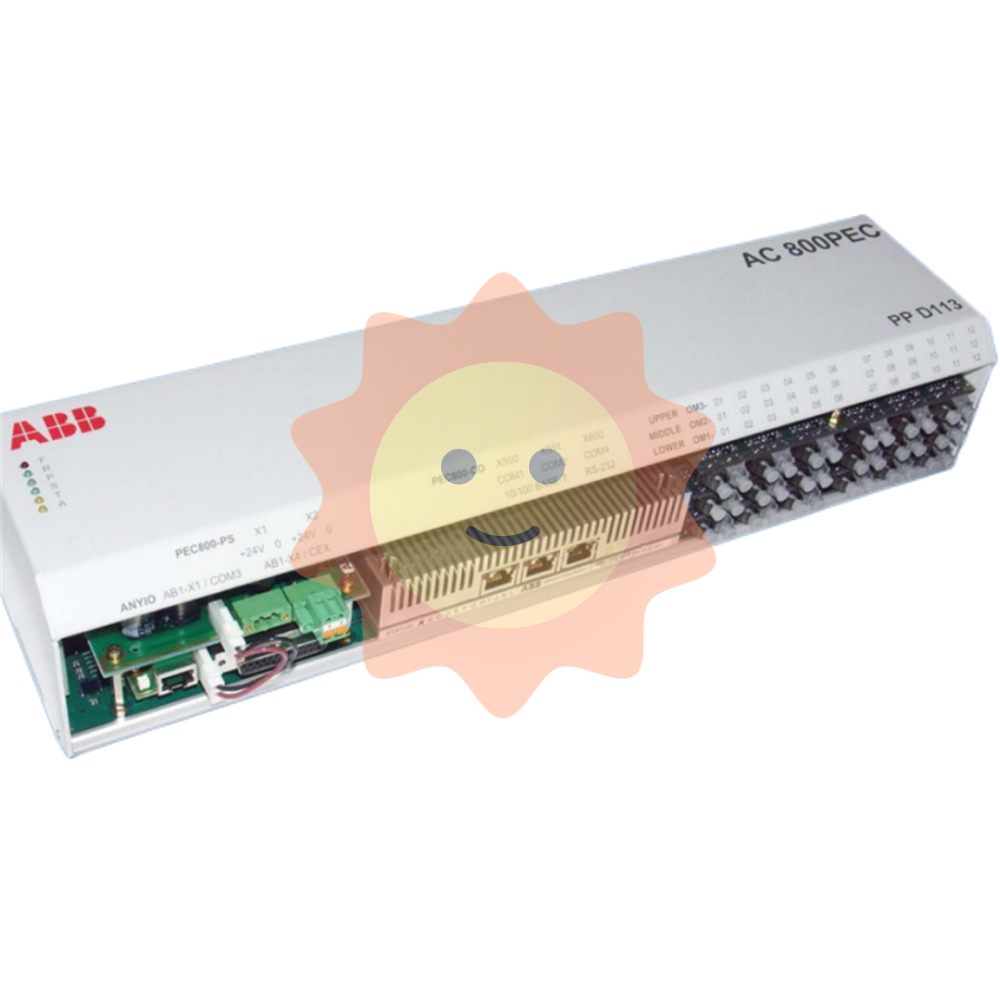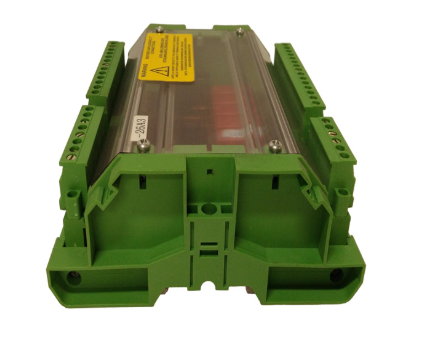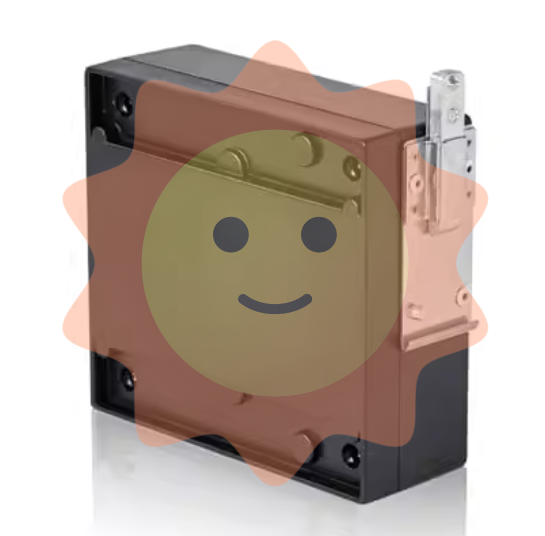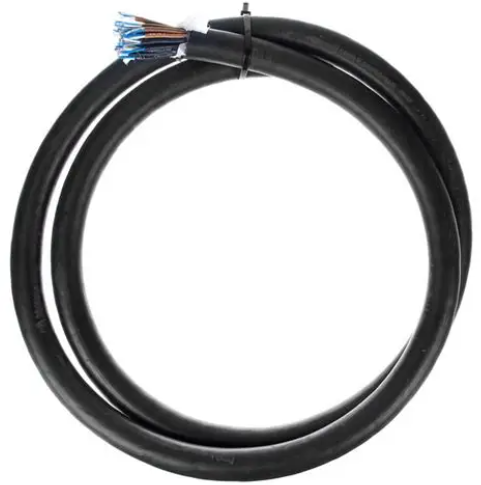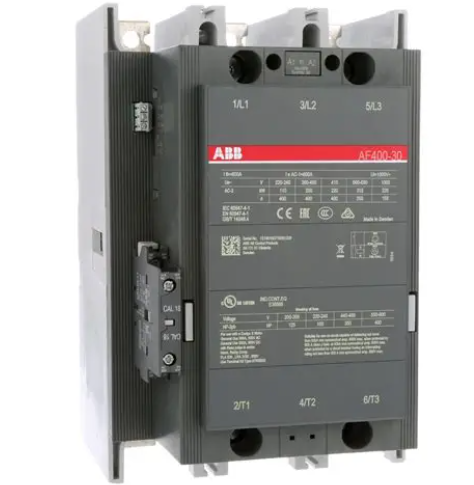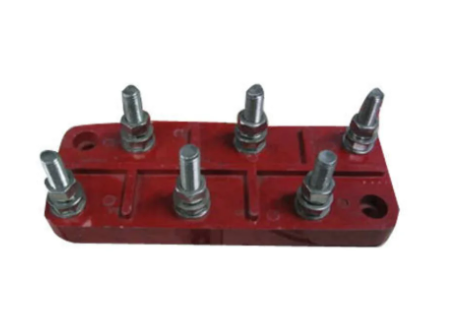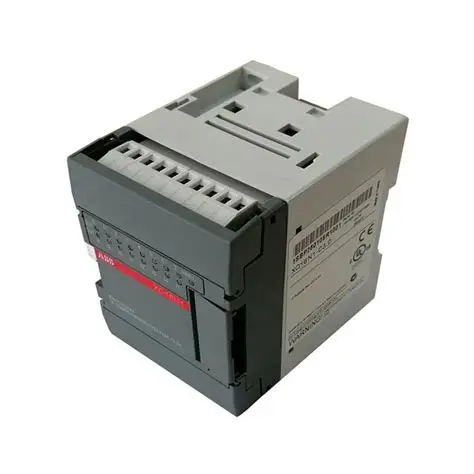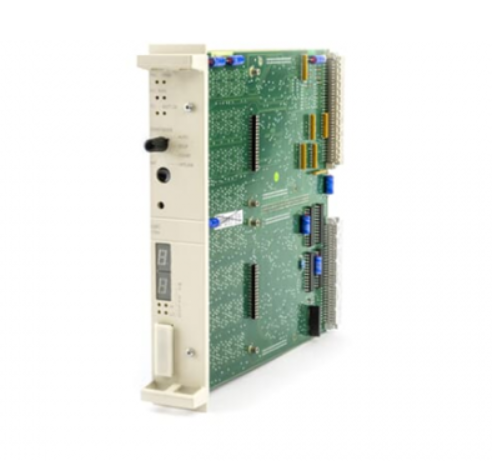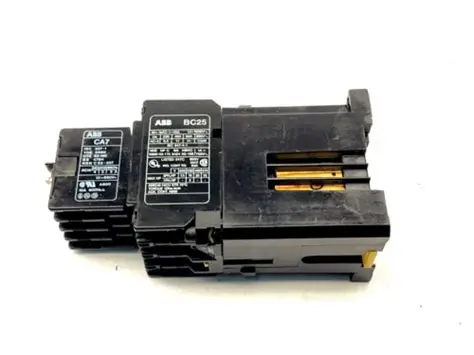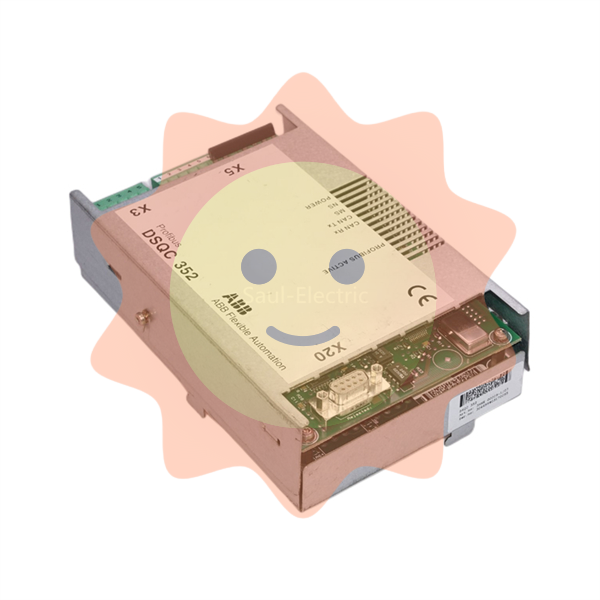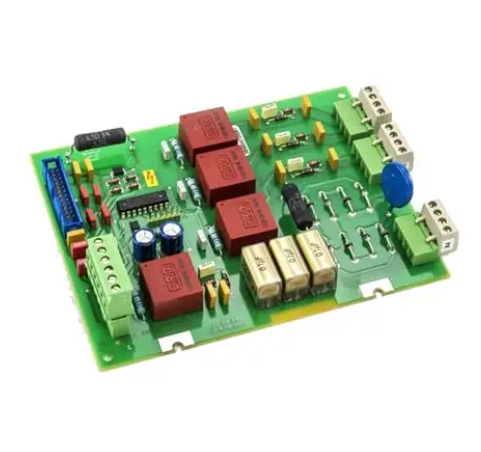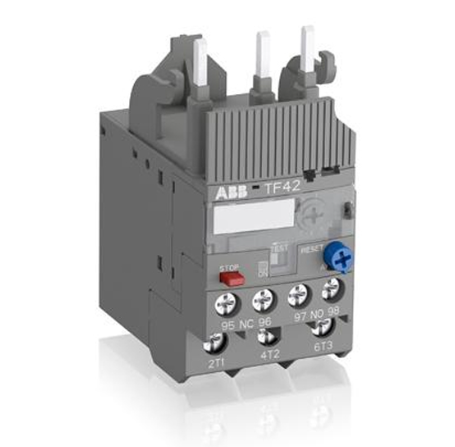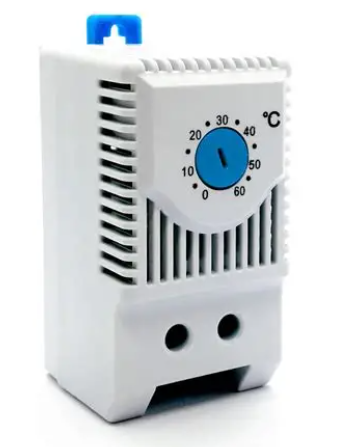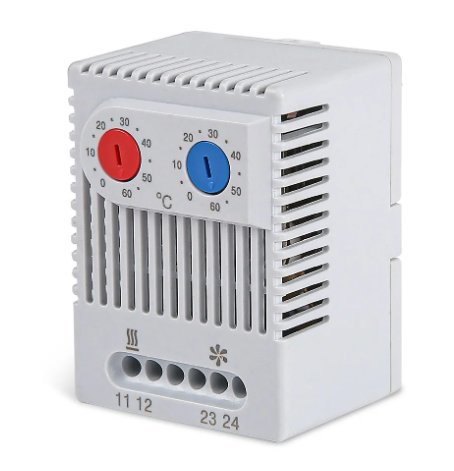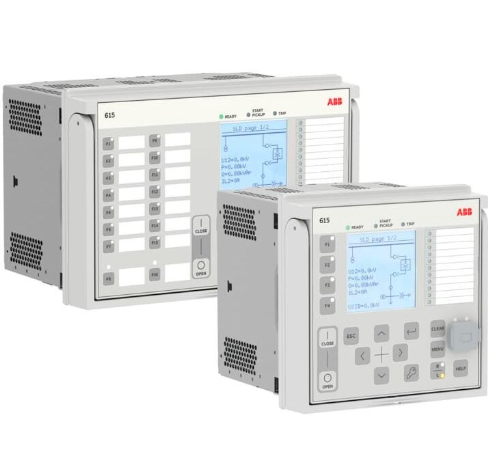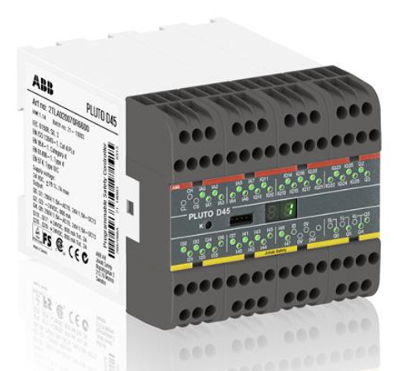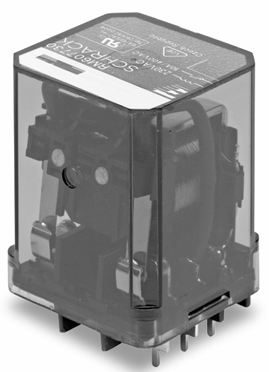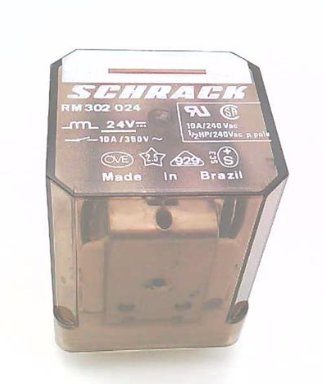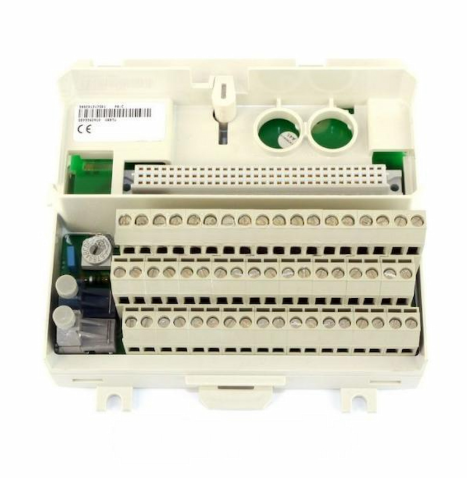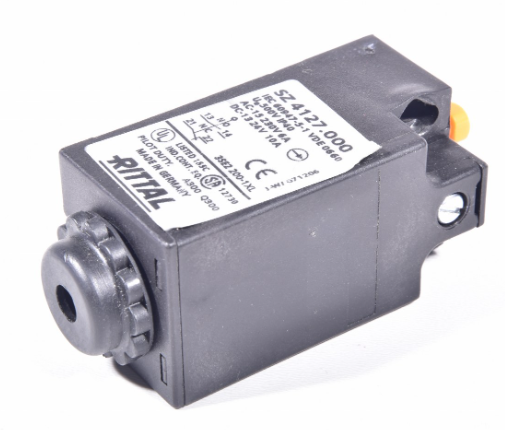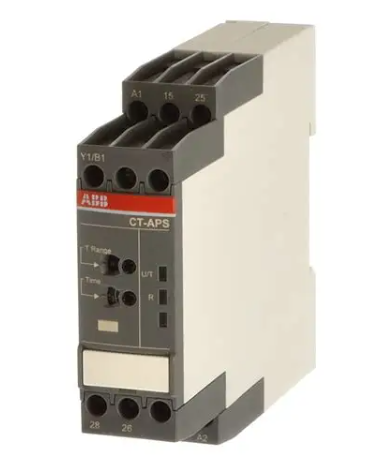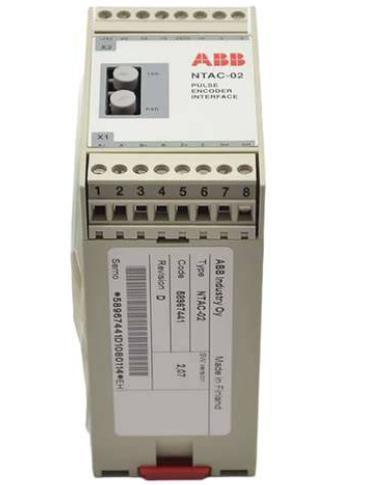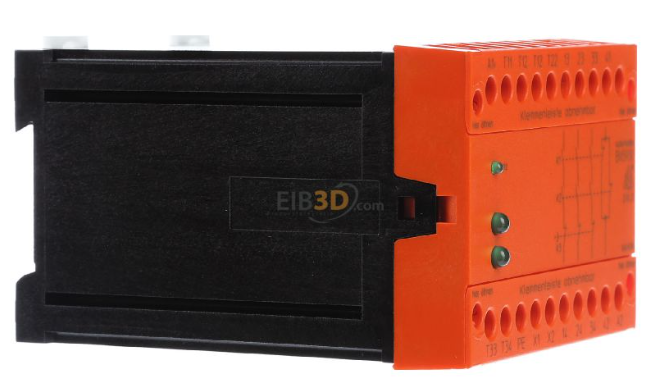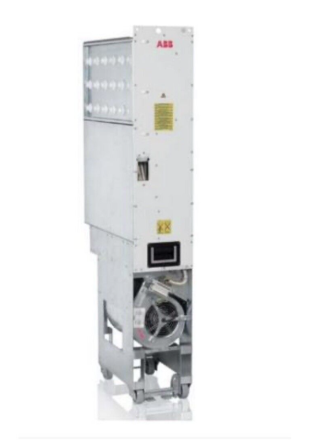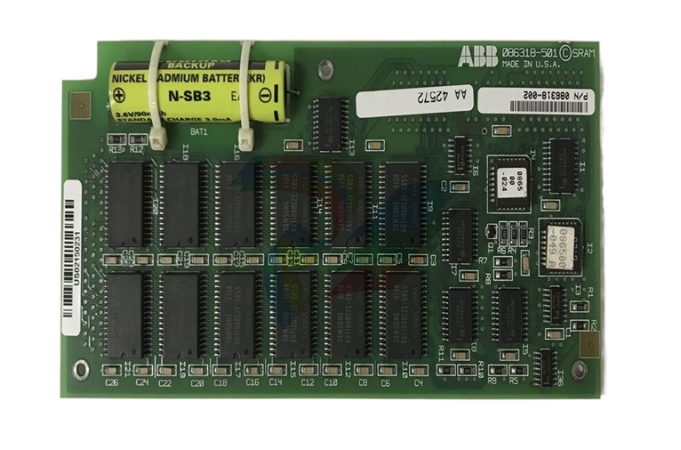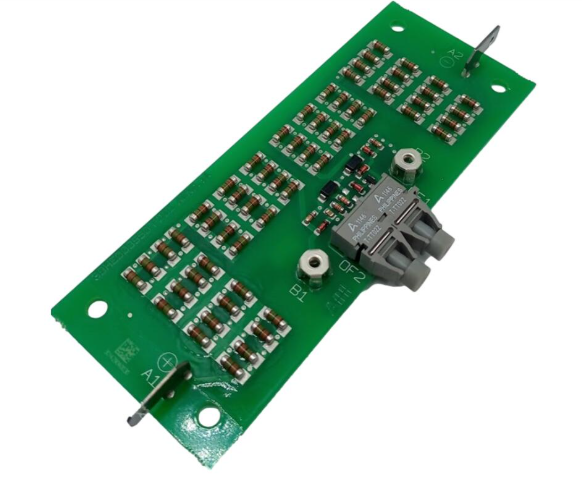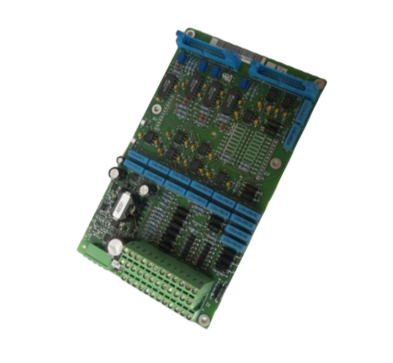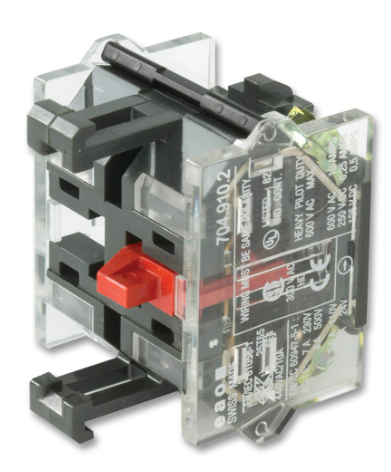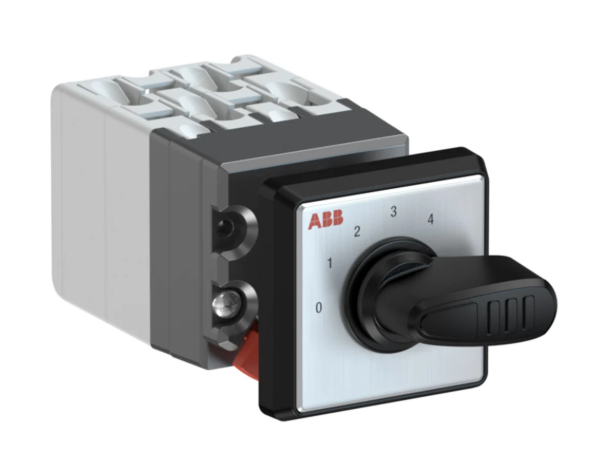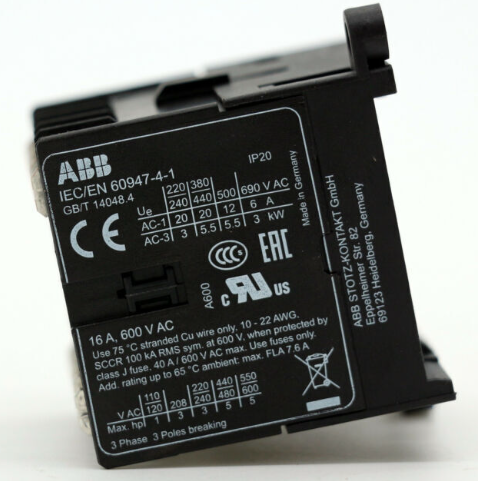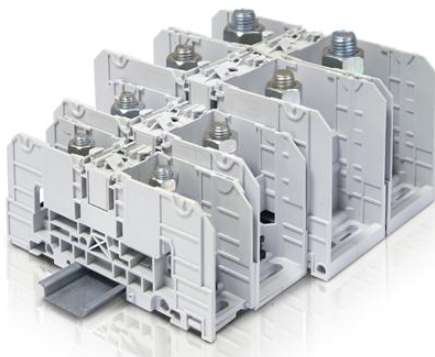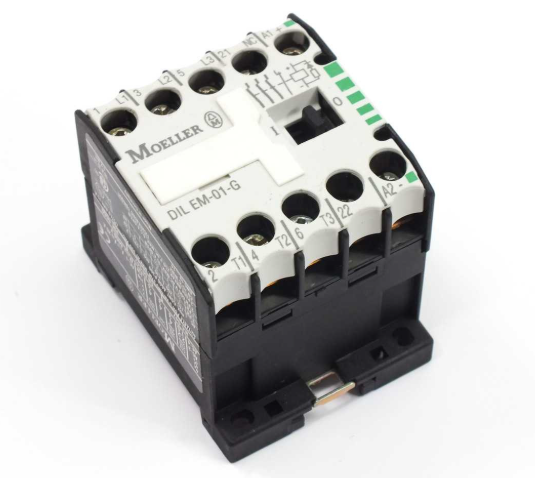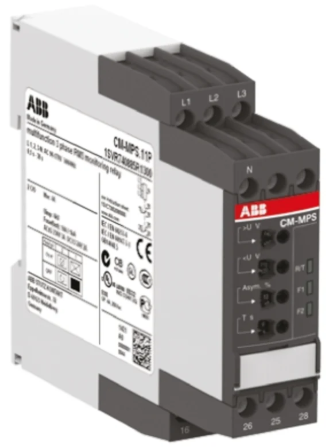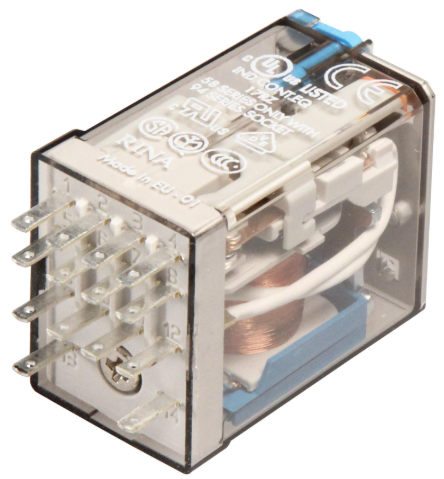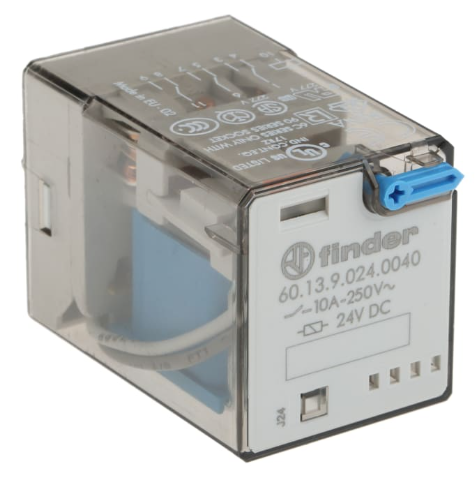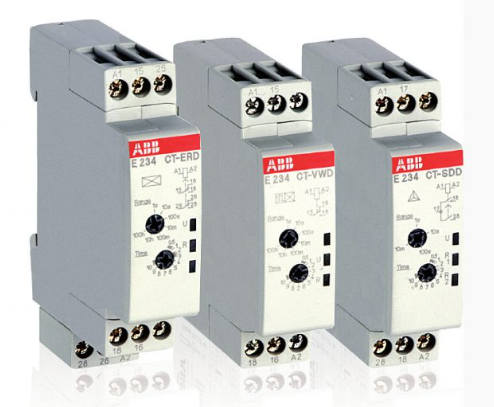AB 1771 Digital I/O AC Input and Output Modules
AB 1771 Digital I/O AC Input and Output Modules
General information about the modules:
Product Family: Part of the Digital I/O product family, which consists of AC input/output, DC input/output, and relay contact output modules.
System Compatibility: Each module has specific compatibility with different models of 1771 I/O chassis and processors, and the way data tables are used varies by module.
Status Indicators and Keypads: Status indicators on the front panel of the module indicate input or output status, and some have additional indicators; plastic keypads ensure that the module is properly installed in the I/O slot.
Power Requirements and Layout: Modules draw power from the backplane of the 1771 I/O chassis, and the total current should be calculated to prevent overloading. Module layout should be considered to reduce electromagnetic interference and thermal effects, and analogue inputs and low voltage DC modules should be located away from AC or high voltage DC modules.
Product Specifications
Input Module Specifications: Input voltage range is wide, such as 1771-IA series C and 1771-IA2 modules rated input voltage is 120Vac @47 - 63Hz, 125V dc, and 1771-IAD series D module is 120V ac@ 50/60Hz, 125V dc, which varies from module to module according to its own characteristics. As for the input current, the current value varies with different voltages, like 6.83mA at 120Vac 50Hz for 1771-IA series C. The input signal delay also varies from module to module. The input signal delay also varies from module to module, ranging from a few milliseconds to tens of milliseconds. In addition, each input module has a different number of input channels, such as 8 channels, 16 channels, 32 channels, etc., to meet different application requirements.
Output Module Specifications: Output voltage ranges vary from 92 - 138V ac @ 47 - 63Hz for 1771-OA Series B Modules to 184 - 250V ac @ 47 - 63Hz for 1771-OMD Series B Modules. Output current ratings also vary, such as 1.5A per output (up to 6A total) for 1771-OA Series B modules and 2A per output (up to 6A total) for 1771-OD Series C modules. The output modules also have different inrush current, load current minimum, on-state voltage drop, off-state leakage current, and other parameters that determine the performance of the modules under different load conditions.
Performance Features
Electrical isolation and protection: All modules are equipped with electrical-optical isolation to effectively protect the backplane circuits, module logic circuits and the entire system from electrical transients. Some output modules are also equipped with surge suppression circuits, such as metal-oxide varistors (MOVs) and RC networks at the output terminals, to suppress high-voltage transients and limit the magnitude of voltage transients, thus prolonging the service life of the equipment.
Status Indication and Troubleshooting: The front panel of each module is equipped with status indicators, which clearly show the ON/OFF status of inputs or outputs, and some modules are also equipped with additional indicators such as blown fuses and thyristor failures, which are convenient for users to discover and troubleshoot in time, quickly identify system problems and improve system maintenance efficiency.
Flexible Failure Mode Selection: Some of the digital AC modules allow users to select the failure mode by configuring jumpers, and inputs or outputs can be set to remain in the last state or reset to off in case of a failure, which enhances the flexibility and reliability of the system, and meets the needs of different application scenarios for fault handling.
Application Scenarios
Industrial automation production line: In industrial production, various types of sensors (e.g. proximity switches, limit switches, etc.) and actuators (e.g. motor starters, solenoid valves, etc.) can be connected to achieve precise control of the production process. In the automobile manufacturing line, it is used to monitor and control the position and movement of the robot arm to ensure the accurate assembly of parts; in the material conveying system, it is used to control the starting and stopping of the conveyor belt motor to realise the automatic transport of materials.
Mechanical equipment control: It is applicable to the electrical control of various mechanical equipment, such as injection moulding machines, CNC machine tools and so on. In the injection moulding machine, it controls the opening and closing of the mould, the execution of the injection action, and the monitoring of the running status of the equipment; in the CNC machine tool, it receives the operating instructions and controls the operation of the motor to achieve the precise movement of the tool and the automation of the machining process.
Automated Warehousing System: In automated warehousing equipment, such as stacker cranes, shuttle cars, etc., it is used to control the movement and positioning of the equipment, as well as the gripping and placing operations of the goods. By cooperating with sensors, the precise operation of the equipment can be realised, and the working efficiency and accuracy of the storage system can be improved.
- EMERSON
- Honeywell
- CTI
- Rolls-Royce
- General Electric
- Woodward
- Yaskawa
- xYCOM
- Motorola
- Siemens
- Rockwell
- ABB
- B&R
- HIMA
- Construction site
- electricity
- Automobile market
- PLC
- DCS
- Motor drivers
- VSD
- Implications
- cement
- CO2
- CEM
- methane
- Artificial intelligence
- Titanic
- Solar energy
- Hydrogen fuel cell
- Hydrogen and fuel cells
- Hydrogen and oxygen fuel cells
- tyre
- Chemical fiber
- dynamo
- corpuscle
- Pulp and paper
- printing
- fossil
- FANUC
- Food and beverage
- Life science
- Sewage treatment
- Personal care
- electricity
- boats
- infrastructure
- Automobile industry
- metallurgy
- Nuclear power generation
- Geothermal power generation
- Water and wastewater
- Infrastructure construction
- Mine hazard
- steel
- papermaking
- Natural gas industry
- Infrastructure construction
- Power and energy
- Rubber and plastic
- Renewable energy
- pharmacy
- mining
- Plastic industry
- Schneider
- Kongsberg
- NI
- Wind energy
- International petroleum
- International new energy network
- gas
- WATLOW
- ProSoft
- SEW
- wind
- ADVANCED
- Reliance
- YOKOGAWA
- TRICONEX
- FOXBORO
- METSO
- MAN
- Advantest
- ADVANCED
- ALSTOM
- Control Wave
- AB
- AMAT
- STUDER
- KONGSBERG
- MOTOROLA
- DANAHER MOTION
- Bently
- Galil
- EATON
- MOLEX
- Triconex
- DEIF
- B&W
- ZYGO
- Aerotech
- DANFOSS
- KOLLMORGEN
- Beijer
- Endress+Hauser
- MOOG
- KB
- Moxa
- Rexroth
- YAMAHA
- Johnson
- Westinghouse
- WAGO


Email:wang@kongjiangauto.com


